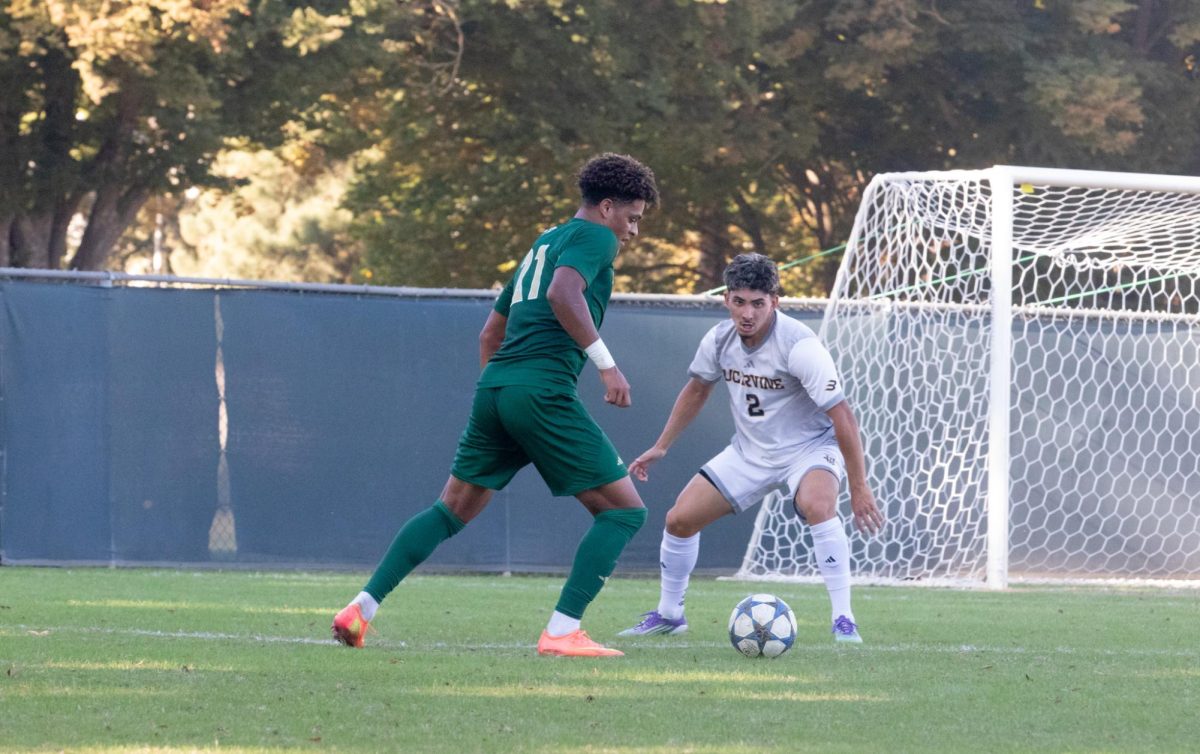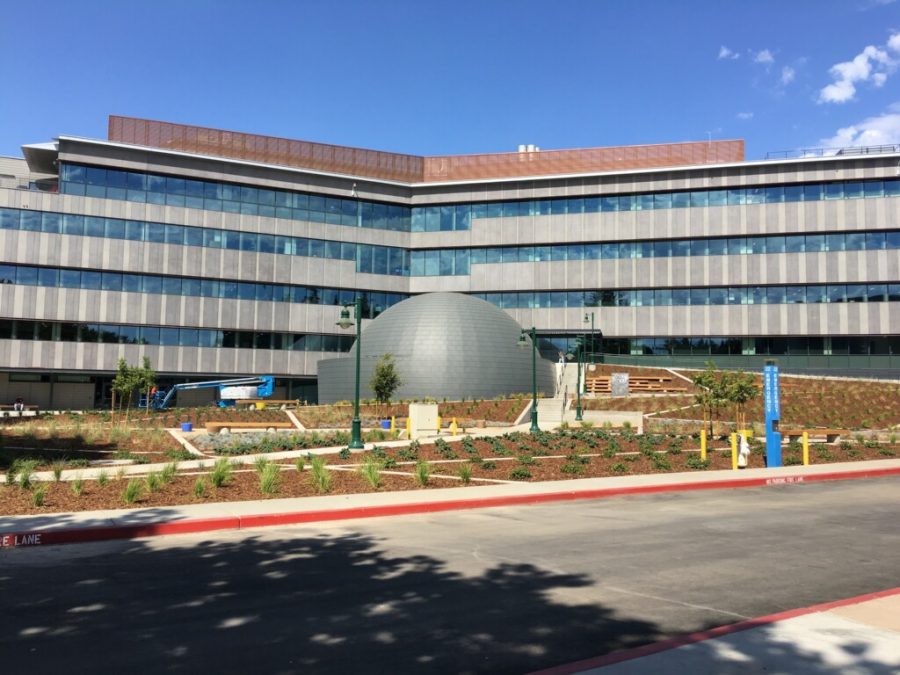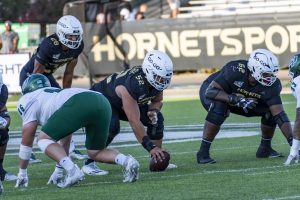Sac State budget shows lack of reserves
New science complex means less money for other departments, Athletics and HR continue to run deficits
Regina Phillips
The Ernest E. Tschannen complex took out $18 million from Sac State’s general reserve fund. The 2019-2020 budget shows a lack of funding for urgent campus needs. Sacramento State President Robert Nelsen spoke about the administration of the COVID-19 Pfizer vaccine on campus and the university’s budget Thursday at his livestreamed spring address.
September 27, 2019
Sacramento State’s budget for the 2019-2020 year is just under $358 million, nearly $333 million of which was allocated by Gov. Gavin Newsom in July, according to an email from Sac State President Robert Nelsen Sept. 17.
The President’s Cabinet finalized the budget Aug. 12.
The budget includes $5.5 million in various ongoing expenses such as payroll associated with the increased number of faculty and class sections that have been added over the last several years.
“Starting in 2014-2015, and really the spring of 2016, we made the conscious decision to add sections,” said Steve Perez, provost and vice president of Academic Affairs.
Perez said that they have added more than 10,000 seats in classes and “upwards of 200 tenure track faculty over the last few years.”
The $5.5 million allocated to the Academic Affairs will ensure that the university can maintain those sections, according to the approved budget.
Additionally, the University Budget Allocation Committee expressed the importance of improving funding for the human resources department.
“This area is severely underfunded and has been running a structural deficit for several years,” said the UBAC in their recommendation letter sent to Nelsen last May. “The lack of staffing has crippled the campus and has made it impossible for HR to adequately serve the campus.”
The UBAC recommended giving the Human Resources Department $350,000 to hire additional staff and that was approved in the budget.
The UBAC also said that the Athletics Department repeatedly runs a deficit and would like to make Hornet Athletics self-sufficient. Last year, Athletics ran a $3.3 million deficit to be paid by the university. A consultant is reviewing said deficit and will be providing a recommendation on how to reduce it.
The UBAC plans to be updated on how the Athletics Department can reduce its deficit by Oct. 31, according to the budget report.
This year the UBAC only recommended a little over $6 million in one-time expenditures which is significantly less than last year.
“The amount of funding left in the university’s central reserve was greatly diminished with the funding of the Science Complex, thus there was a limited amount of funding available for campus-wide projects,” said Stacy Hayano, the Senior Associate Vice President of Budget Planning and Administration, in an email to The State Hornet.
The Ernest E. Tschannen Science Complex was funded with $18 million from Sac State’s central reserve fund. The central reserve fund is kept to ensure the university is able to pay for campus priorities and emergency situations, according to a 2017 memo from President Nelsen.
This meant several smaller project requests from different departments were unable to be given funding this year.
Six of these projects were pitched to the UBAC and labeled as “urgent” or “critical.” Only one of those projects, a new generator for the library, was considered for funding. $200,000 was allocated to either replace the generator or make upgrades to some specific old classrooms and the UBAC is leaving the final decision up to the departments involved.
Two of the other projects labeled “critical” that were not funded were pathway repairs to fix broken and degraded pavement and lighting upgrades to better light pathways during the evening.
UBAC instead recommended the president fund additional course sections and science lab materials in order to support graduation initiatives such as Finish in Four and Through in Two, according to Hayano.
Hayano said it would take several years for Sac State to replenish their one-time expenditure fund and that there will always be a priority put on funding class sections to help meet graduation initiatives.



























































































































